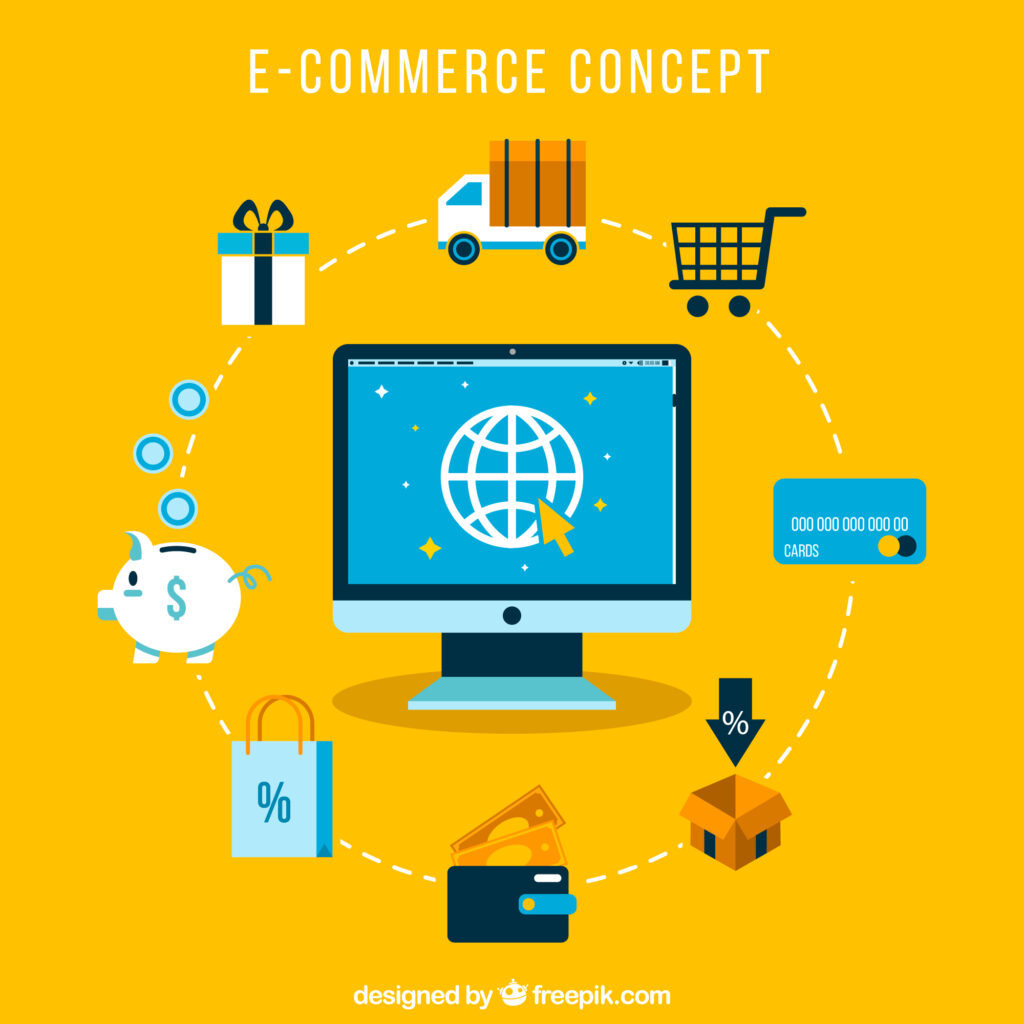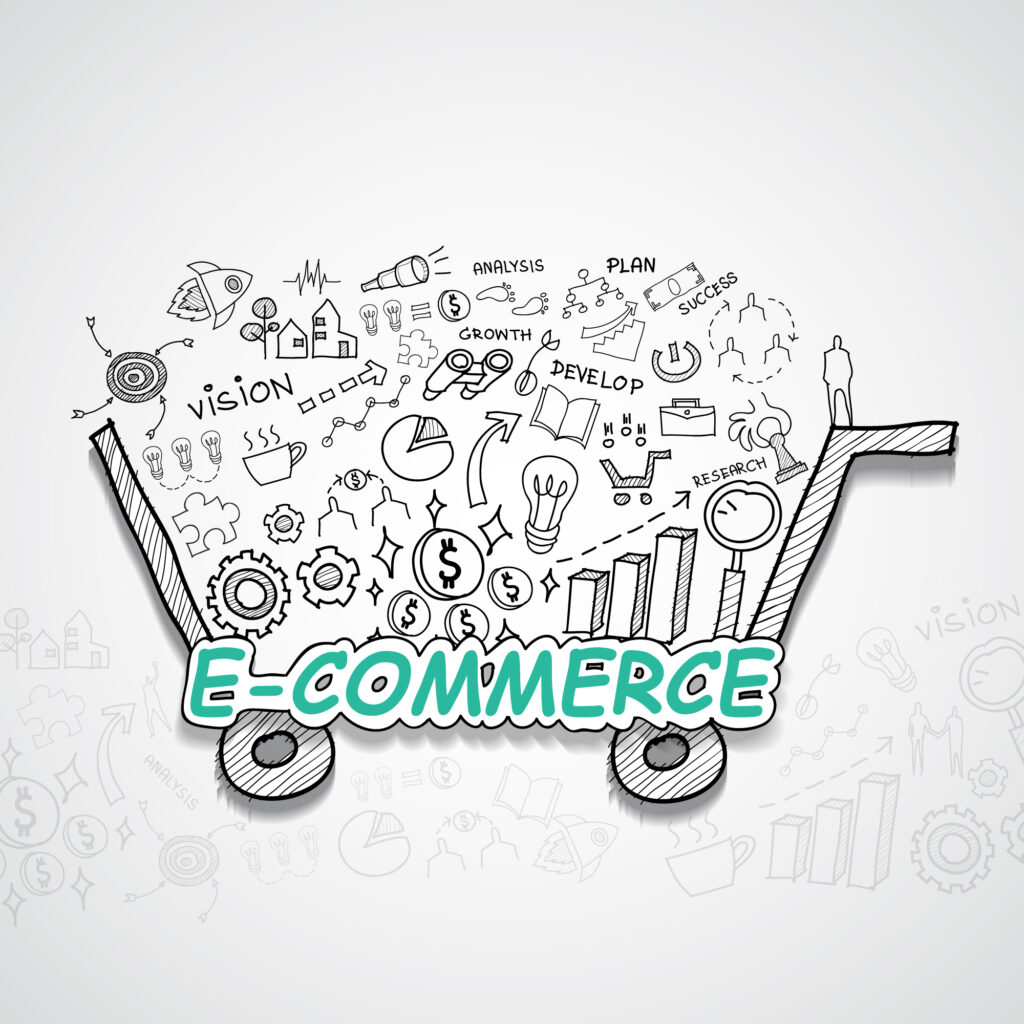
How To Start To Build an Online Store Successfully In 2025The e-commerce field has exploded in the last ten years—and it is only getting started. In 2025, there are tougher competitors than ever before, but also more opportunities. Whether you are building your business from scratch or looking to scale, running a good e-commerce business is more than a good website and good products. It requires a strategy, you need data, you need to know your customer, and you need to adapt. In this blog we’ll outline the key steps to launching, growing, and being successful in e-commerce.1. Establish a strong foundation Define Your Niche Your niche will dictate your brand identity, your marketing strategy, and the type of audience you will target. The successful online e-commerce brands do not try to be everything to everyone, they take one problem and provide a specific solution for one group of people. Questions to ask yourself :What am I passionate about ?What can I provide to the marketplace that no one else can provide? Who is my target customer? Conduct Market Research By the time you are ready to launch an e-commerce business you need to know: Who your competitors are What your target customers are searching for What price people will pay for your product
2.. Build A Customer-Friendly Website Think of your website like your storefront. If its slow, a bit confusing, or not eye-catching, customers will navigate away before browsing your products .Website Basics :Mobile Friendly Design: More than 70% of shoppers purchase through their mobile devices Fast Site Speed: Every second you take delayed costs one conversion Easy to Navigate: Provide easy paths to product locations and checkout Payment Gateways: Layering secure payment is essential. Consider payment gateways like Stripe, Pay pal, or Apple Pay. Shopify, WooCommerce, or BigCommerce to launch a responsive, easy to use e-commerce store—even with limited technical expertise.4. Invest in SEO and Content Marketing Most e-commerce businesses do not consider the value of content. Organic search traffic, while difficult to predict, is among the more sustainable (and least expensive) methods of attracting customers .SEO 101 for E-Commerce :Add targeted keywords to your product pages Include informative product descriptions Check all images against alt tags Generate content for blogs focused on questions your customers ask Content might include :Guide to buying approbately Product comparison Behind the scenesDiscuss the Customer Testimonial
3.. Utilize Social Media to Increase Your Brand Awareness In today’s world, social media is no longer a luxury—it is the way in which discovery and community takes place today. The Typical Social Media Platforms for E-commerce :Instagram & TikTok are great platforms for visual products and viral content .Facebook is still very powerful due to paid ads and niche groups .Pinterest is ideal for fashion, home decor, and DIY niches. YouTube is a great category for product demos, reviews, and unboxings. Things to keep in mind :Use short form video (Reels, Tik Toks)Collaborate with micro-influencers Run user generated content (UGC) campaigns Be genuine, people buy from people they trust6. Run Paid Ads (You Must be Strategic)Paid advertising can grow your business rapidly, if done correctly. Where to Advertise :Meta Ads, (Facebook & Instagram) due to targeting platform tools Google Ads for capturing purchase intent Ads on TikTok targeting youth audiences Pro Tips: Start small and test creatives Retarget visitors that did not convert Use analytics to optimize campaigns frequently

4.Provide a Unique Customer Experience It ‘s great to have a great product. But if the customer experience is lacking, they will definitely not come back, and they may even leave a poor review .What Customers Will Come to Expect by 2025:Fast shipping (hey, Amazon!)Easy returns Transparent communication Personalized services How to Improve the Customer Experience: Implement AI-powered chatbots for support 24/7Follow-up with an email after purchase to solicit feedback Provide loyalty rewards for returning customers8. Use Automation and AI Tools Automation can save you time and help you run your operations more smoothly. By 2025, companies employing AI-powered tools will have an advantage .What to Automate :Email marketing with automated platforms like or Mail chimp Inventory and order tracking Customer service chat bots Product recommendations with AI Bonus: Use Data to Help with Your Decisions Analytics tools like Google Analytics, Hotjar, and Shopify Reports will help you understand user behavior while making smarter business decisions.
- Establish Trust Using Social Proof** Individuals trust people. Social proof (such as reviews, testimonials, and user-generated content) has been shown to increase both conversions and credibility Social Proof Ideas:– Display customer reviews on every product page(s).- Request reviews via photos or video.- Partner with influencers that can provide unboxing videos.- Show trust badges (for example; “Secure checkout”, “Money-back guarantee”, etc.)— 10. Innovate and Scale E-commerce is eternal growth; after your footing, you should expand. Things to Try Scaling:– Expand into new markets (ship internationally, sell on new platforms, etc.).- Assist in the research/proposing of new product lines based off demand.- Invest in an email/SMS/text campaigns geared towards repeat purchases.- Implement a subscription or bundle process geared towards lifetime value .Key metrics to track success:– Conversion rate- Customer acquisition cost (CAC)- Customer lifetime value (CLV)- Cart abandonment rate— Our Take: The E-Commerce Game is a Marathon There is no secret formula; however, e-commerce success is a combination of creativity, persistence, and learning. The trends and platforms will change- but businesses that have clear and distinct customer pain point they focus on will always have the advantage. Value any and all customers, and your brand will grow. If you are in the beginning phases of your idea, don’t take it too seriously; just focus on action, and not try to spot the obvious W’s. Start small and iterate quickly; implementing systems as you grow. If you are expanding, double down on what you think is working and dabble in or try some new things.
- Mastering Customer Retention & Loyalty It is frequently quoted that acquiring a new customer costs 5 times as much as retaining an existing customer. And it’s true. Loyal customers become your brand ambassadors, represent your most reliable stream of repeat business, and tend to be your most profitable segment. Why Retention is Important: Repeat customers will spend 33% more than new customers. They are more likely to tell their friends about you. They trust you and your brand, which makes it easier for you to market to them. How to Increase Retention: . Have a Loyalty Program Keep your loyalty program simple and reward customers. A points-based loyalty program works well: Earn points for purchases. Redeem points for discounts or exclusive products. Get early access to new products. Popular options: Smile.io, Loyalty Lion, Yo-pro.